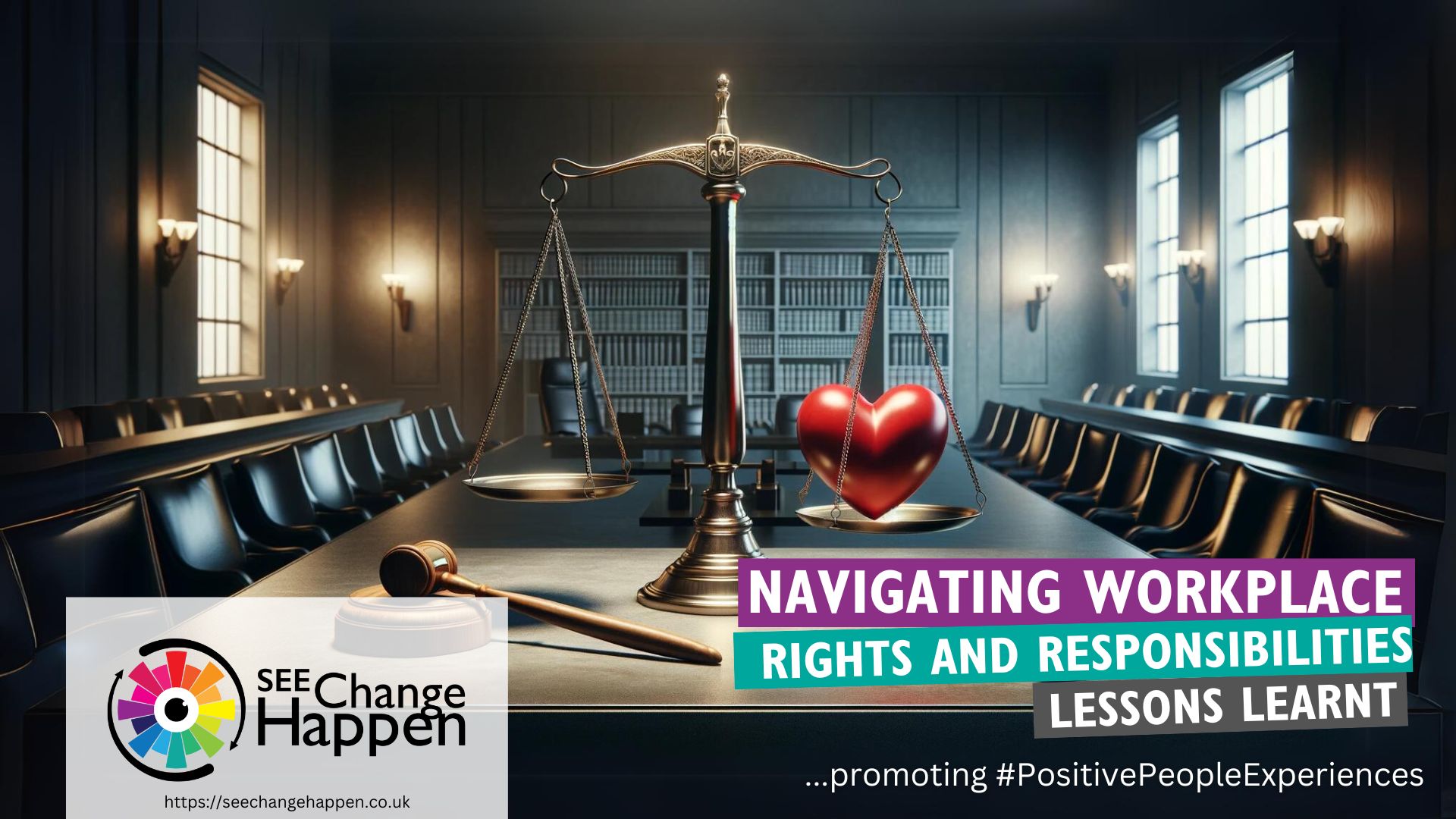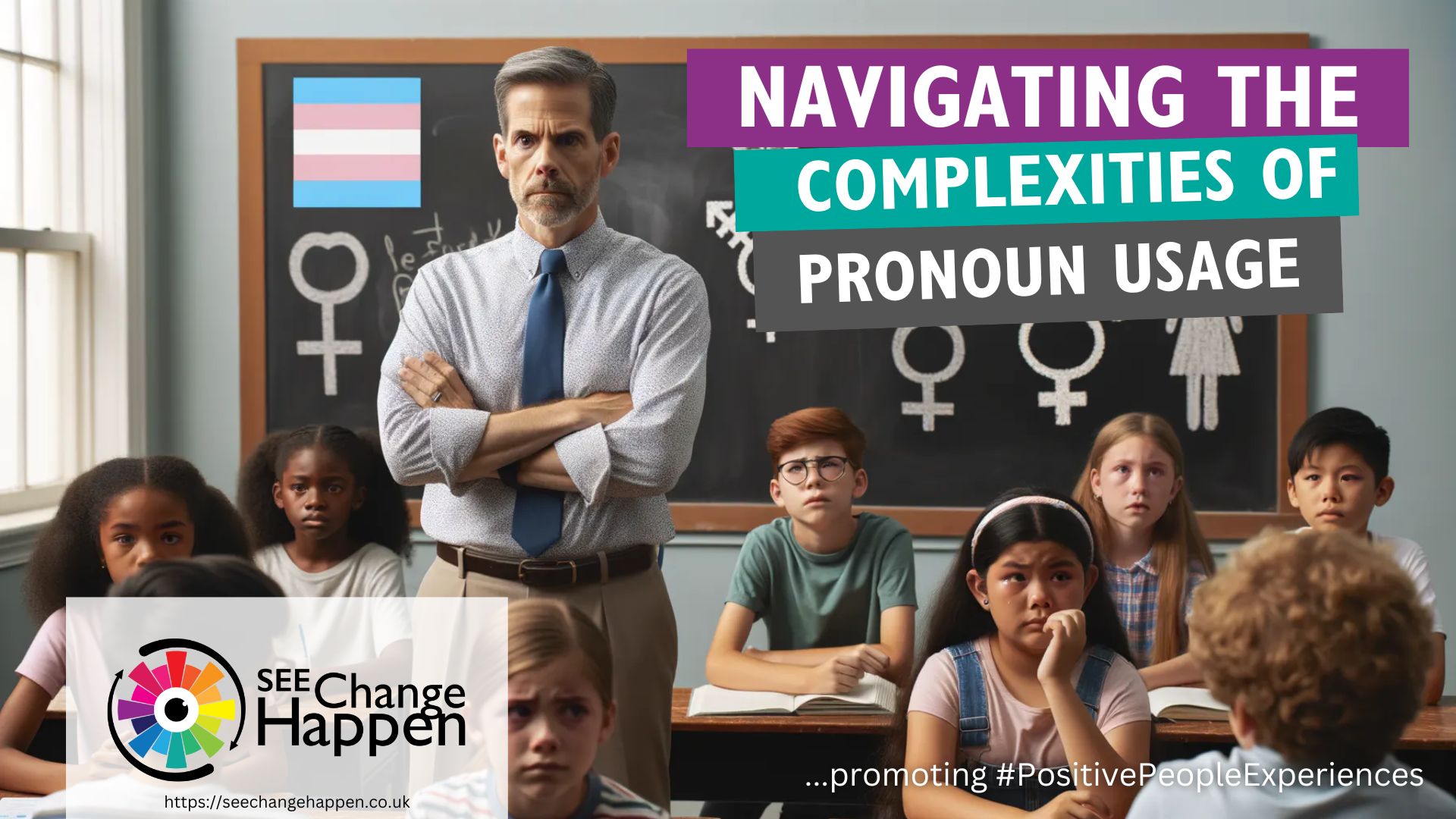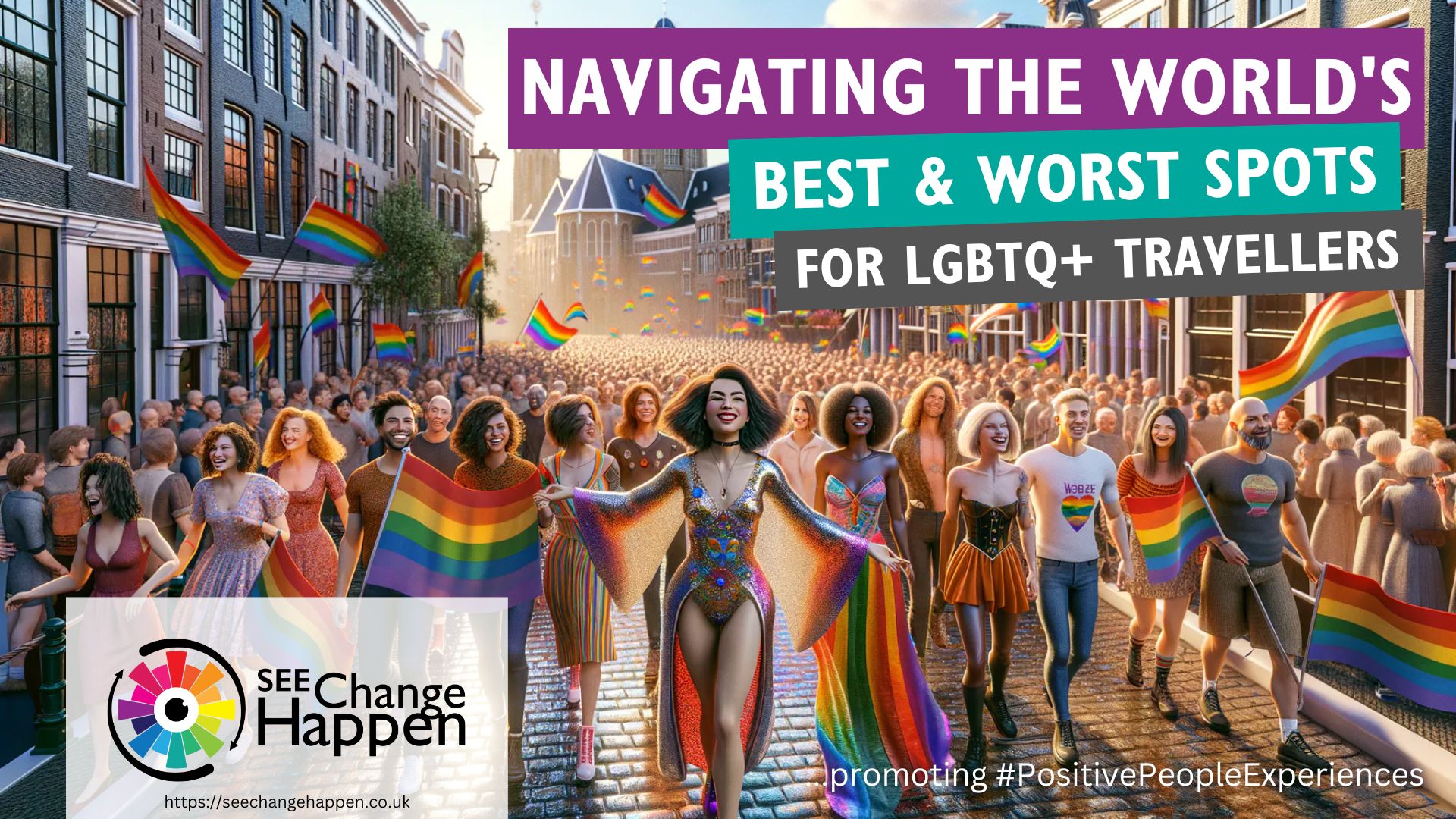
Labels are fine for baked beans, but fail with people
Our identity, how we describe ourselves, the things we are proud about from our heritage and culture – all are important to us as individuals.
I am proudly a left-hander. It’s something I have been very conscious of for most of my life, having grown up in a world designed by right-handed people, for right-handed people.
I am also a Capricorn and a Saturday child who, as per the children’s rhyme, works hard for a living. Whilst these are not necessarily steeped in culture, they are important to me.
These are things you wouldn’t know about me without knowing me better.
As a species we love to label, love to judge and love to fit people neatly into our little boxes and categories. Our brains work most efficiently by creating stereotypes and storing memories about our experiences to be able to react quickly to situations, which is where our unconscious biases stem from.
When we have too much data we want to group and simplify the world around us into manageable chucks – so we create labels for us to be able to process quickly.
We are all aware of the buzzwords around diversity, but do we stop and consider what we mean by diversity? After all we are all different, all unique and have a vast number of individual characteristics and lived experiences.
Who are these diverse people we seek to enrich our organisations with, the people we want to bring on board to make us more successful, relevant and sustainable?
If we are not careful the label of diversity has a tendency to create an “othering”, labelling people as “not like me”, because maybe we see ourselves as typical, or dare I say “normal”.
The impact of using such labels is they mask the challenges of the people we are talking about. If we mean people who are marginalised, underrepresented, black, brown, women, those with a disability or LGBTQ+ then we should say that. We can then start to understand and put systems and processes in place to address specific inequities.
Even so, these additional labels don’t tell the whole story.
Who are people with a disability? That covers a wide range from those with a physical disability, a sensory impairment, health conditions, neurodivergent or mental health needs.
We can apply the same thought process to lumping together the queer community. The challenges and needs of a gay man differ from those of a lesbian female or those of a transgender man or woman.
It is time to drop the labels and understand people’s individual challenges and identities and not lump everyone together for the benefit of simplicity or producing statistics.
Joanne Lockwood (she/her), an inclusion and belonging specialist with SEE Change Happen, is a guest writer on behalf of s1jobs.





